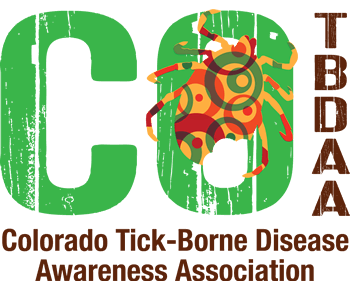
Lyme Disease in Children
Lyme Disease in Children
Children are at higher risk of acquiring tick-borne diseases based on their outdoor activities. According to the CDC, the highest infection rates for Lyme disease occur in children, ages 5 to 9. Of the over 300,000 cases of Lyme disease reported in people in the US each year, one in four is a child.
Pregnancy and Lyme Disease
In addition to tick transmitted infections, Lyme disease and many other tick-borne diseases may be transmitted to children congenitally. Women that are pregnant when bitten by a tick, or may have undiagnosed or untreated infections during pregnancy may transmit infections to their unborn children. Evaluation and treatment options should be obtained from a Lyme Literate Medical Doctor for women who are pregnant or plan to become pregnant.
In addition to well-known symptoms such as joint pain and fever, children may have a unique presentation of Lyme disease, including:
- Mood Swings
- Vision Problems
- Headaches and Stomachaches
- Hyperactivity/ADHD Symptoms
- Autism-like Behaviors
- Oppositional Behaviors
- Self-Mutilating Behaviors
- Learning Disabilities
- Trouble with Processing Speed and Memory
- Vocal/Motor Tics
- Sudden Onset Anxiety Disorders
- Light and Sound Sensitivity
- Difficulty Focusing
- Obsessive Compulsive Behaviors
- Dark circles Under Eyes
- Irregular Rashes
- Lethargy
Young children may not recognize or volunteer these signs and symptoms.
As parents and educators, recognition of the other potential signs and symptoms of Lyme disease is critical in getting timely diagnosis and treatment.
Sometimes neurological or psychiatric symptoms may be the only sign of a Lyme infection in a child.
Pediatric Lyme disease can cause behavior problems
Pediatric Lyme disease has been misdiagnosed as OCD, or pediatric Bi-polar disorder. It can also cause Depression. Exposure to Lyme and other tick-borne diseases may also trigger PANS (Pediatric Acute-Onset Neuropsychiatric Syndrome) which is an encephalitic-type autoimmune disease that can be induced by different illnesses. In PANS, cells that should be fighting the disease itself break through the blood brain barrier of the child (or adult) and attack the brain. When a child exhibits sudden changes in behavior with no known cause, the possibility of Lyme and other tick-borne infections should be considered.
Lyme disease symptoms can be vague, and change daily
Some children with tick-borne disease have been accused of malingering, or trying to manipulate parents, coaches or teachers. Children who’s symptoms appear to be disingenuous may be genuinely ill. Parent’s of children with Lyme and other tick-borne diseases face unique challenges. Support from doctors, teachers, family and friends may be difficult due to the lack of understanding regarding Lyme disease. Resources are available for Parents, Children and Educators. You are not alone!
“Some of these symptoms may be very subtle, so it is difficult for [parents and] teachers to realize that they are dealing with a sick child, rather than a child who is daydreaming, or simply trying to avoid his school work.”
—S. Berenbaum, LCSW







